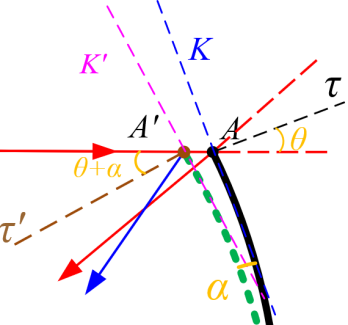
Characterized by large aperture and long focal length, the reflective optical system has the advantages of small number of optical elements and simple optical structure. But the intrinsic aberration and the misalignment derived aberration increase exponentially with the increase of focal length and aperture, resulting in a significant degradation of the optical system imaging quality caused by just a small amount of misalignment, which brings great difficulty and cost to the realization of reflective optical instruments.
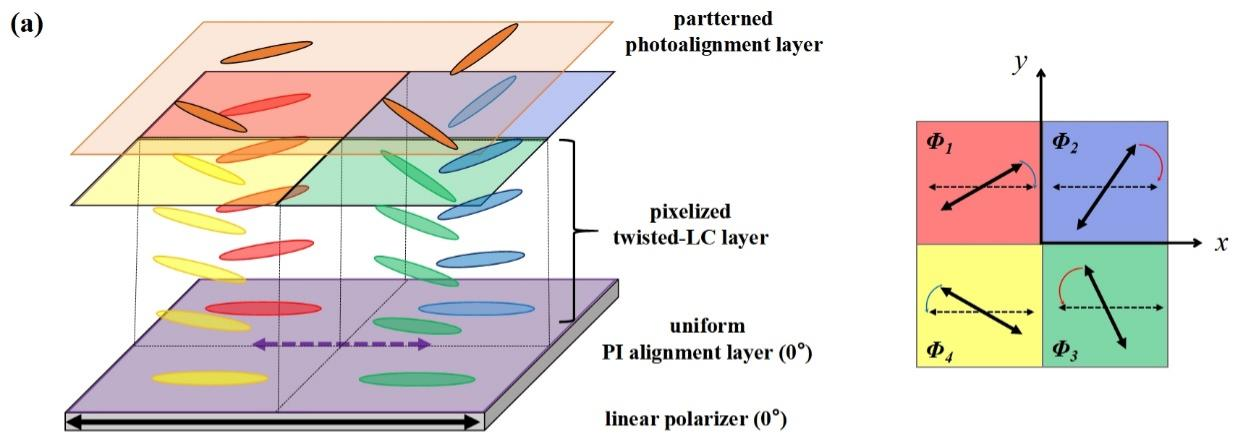
Micropolarizer array is the core component of division of focal plane polarimeter (DoFP). At present, the metal-wire-grid micropolarizer array has been commercialized in polarization cameras. Liquid crystal micropolarizer (LCMP) array can be designed to achieve a high extinction ratio and cover wider band. Therefore, it has great potential to develop a DoFP and achieve real-time polarization imaging.
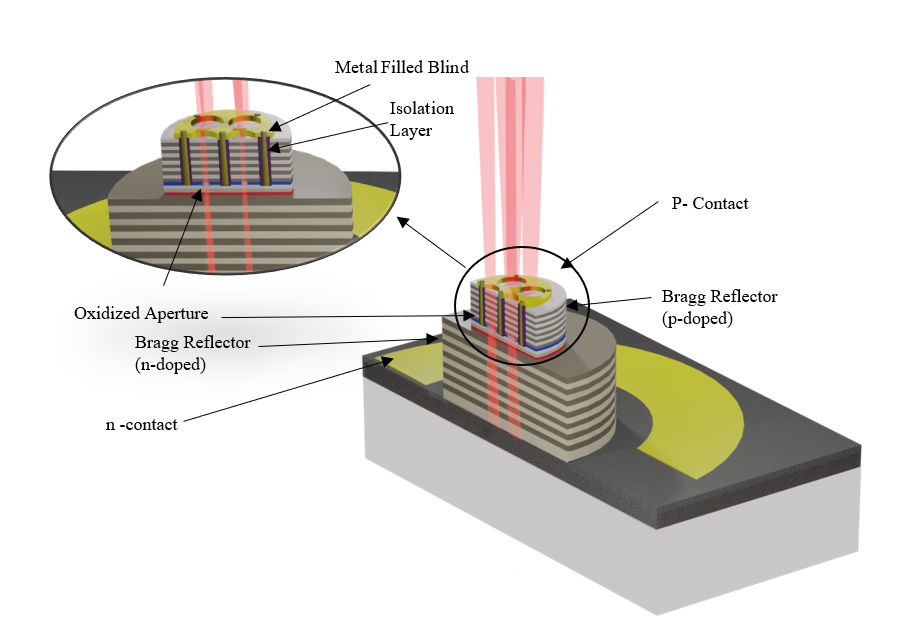
Vertical Cavity Surface Emitting Laser (VCSEL) presents the basis for large data rate optical interconnects in data centers. Presently, VCSELs have replaced edge-emitting lasers for distances below 500 m due to their profound advantages, like on-wafer test possibility. The demand for VCSEL has significantly increased with the development of autonomous vehicles.
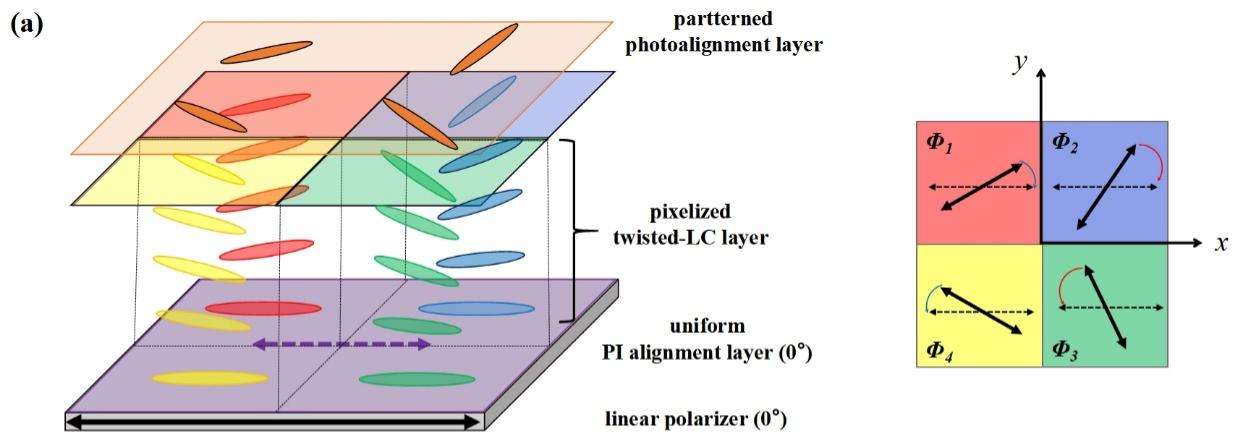
Micropolarizer array is the core component of division of focal plane polarimeter (DoFP). At present, the metal-wire-grid micropolarizer array has been commercialized in polarization cameras. Liquid crystal micropolarizer (LCMP) array can be designed to achieve a high extinction ratio and cover wider band. Therefore, it has great potential to develop a DoFP and achieve real-time polarization imaging.
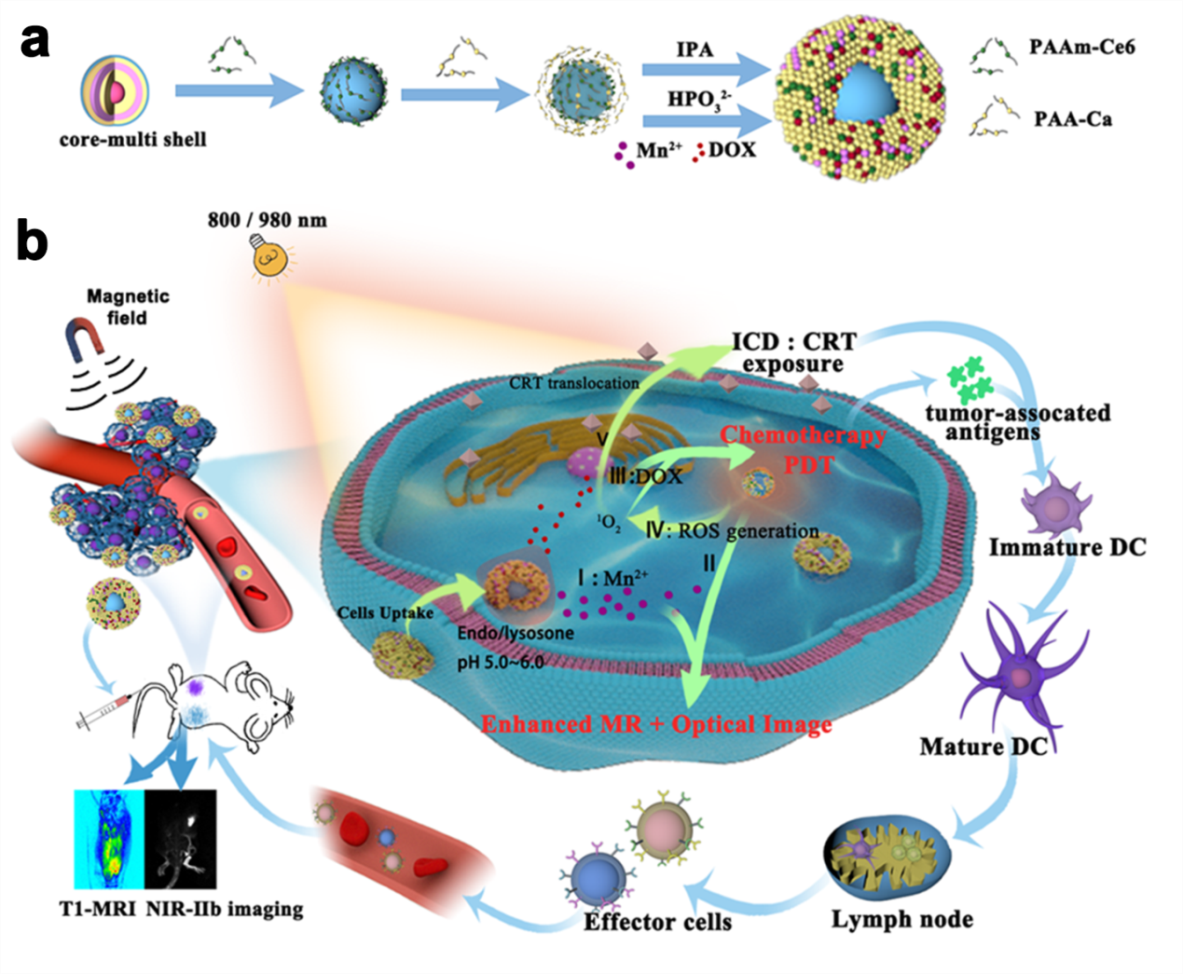
Photoswitchable materials have important application prospects in emerging fields such as high-density optical data storage, optoelectronic devices, sensing, and biomedicine.
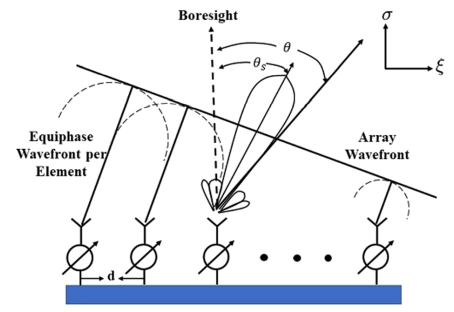
Optical phased array (OPA) uses lasers working in the optical waveband as the information carrier, and is not subject to traditional radio interference. The optical phased array can be integrated on a chip with small size, light weight, good flexibility and low power consumption. These advantages make the optical phased array extremely attractive in the fields of free space optical communication, light detection and ranging (LIDAR), image projection, lidar and optical storage.
